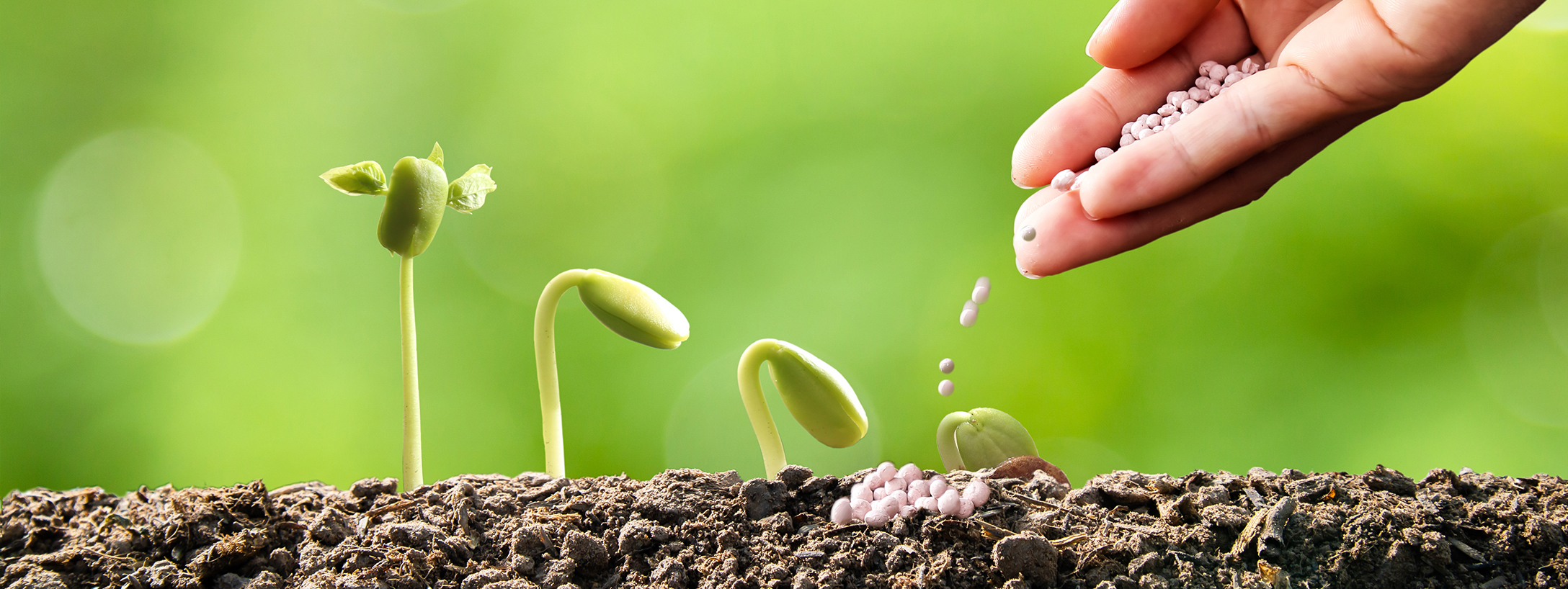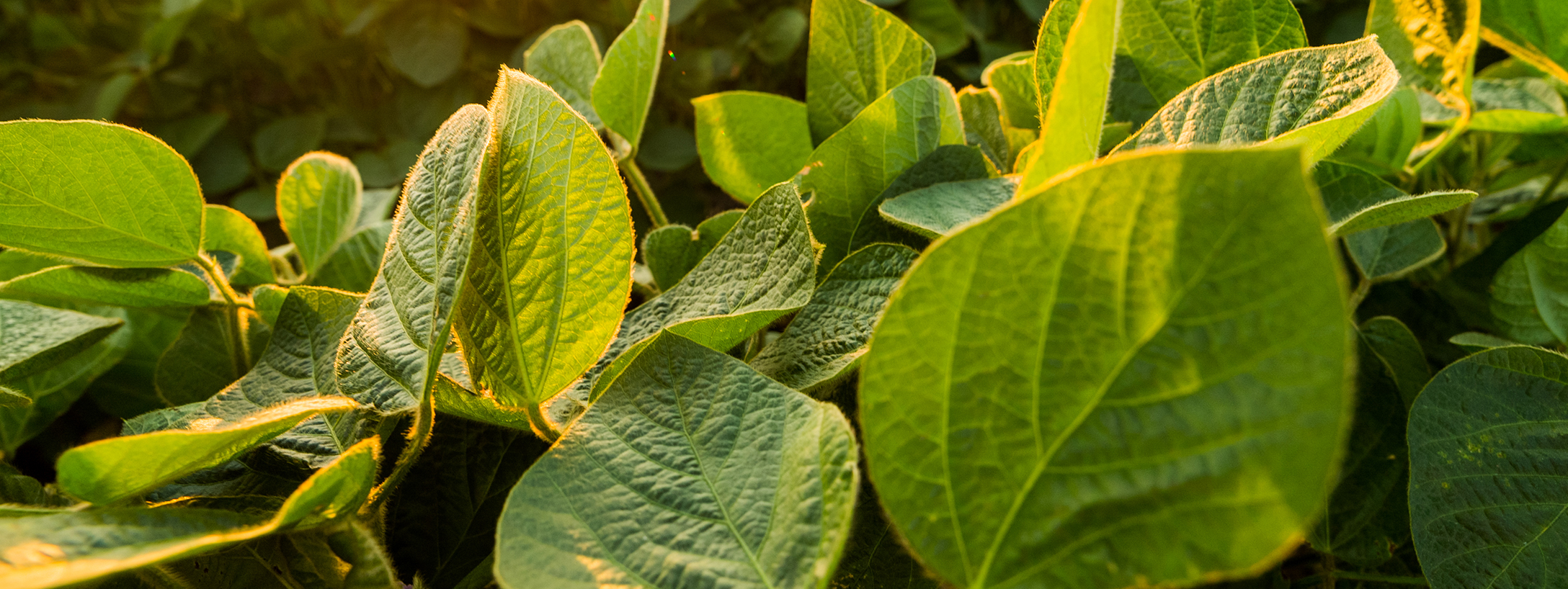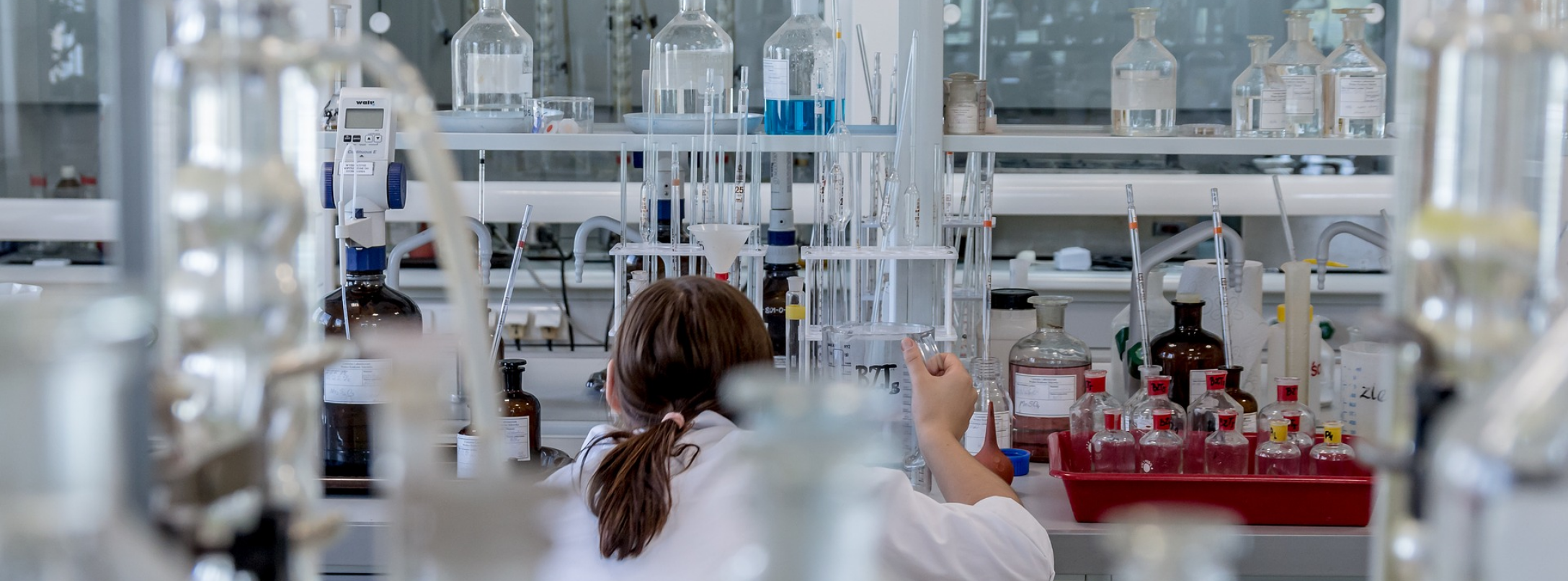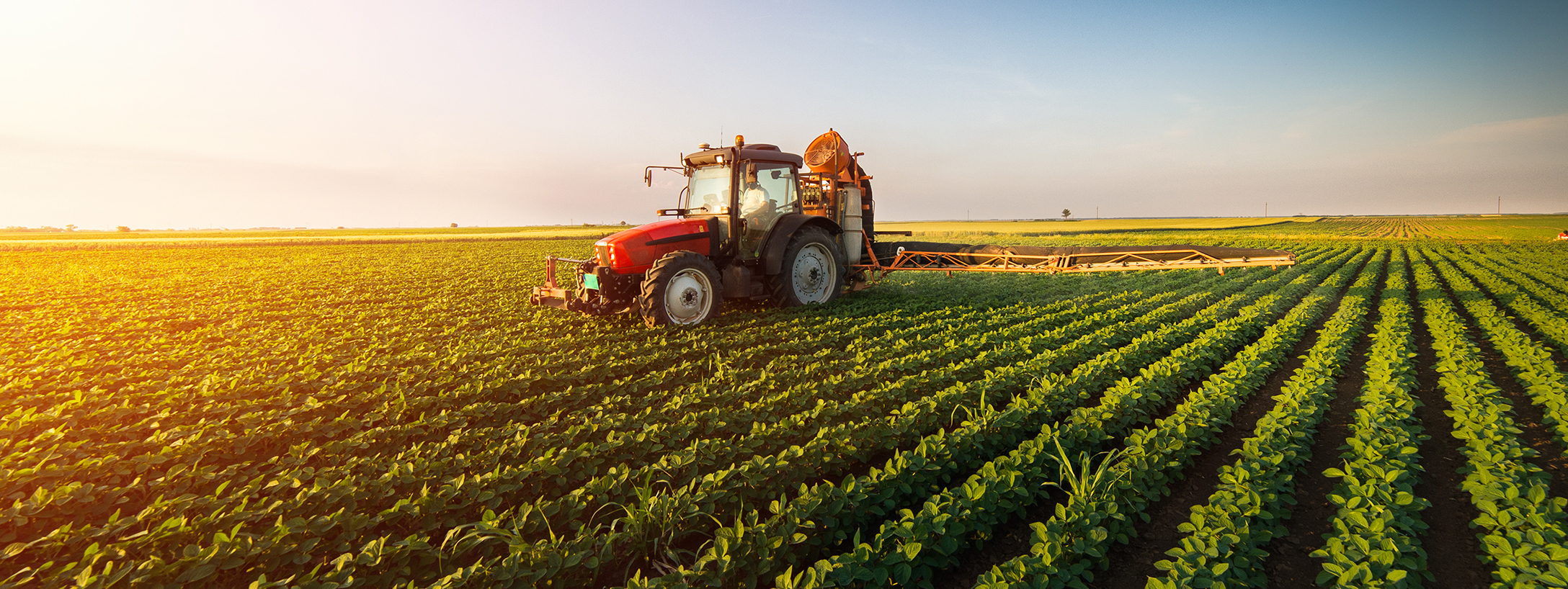Everything about liming

Why is fertilization so important?
In order to achieve high yields, the plants must be provided with all the components necessary for proper development such as: Nitrogen, potassium, phosphorus, magnesium, sulphur and calcium. Manganese, zinc, boron and molybdenum also play an important role.
A shortage of these elements may result in a significant decrease in the yield. Plants differ in their susceptibility to declines in the content of individual elements. Most cultivated plants react negatively to soil pH being too low. This makes it necessary to provide the soil with lime. Soil fertilization is the basis for stable and efficient production.

Why should the soil be limed?
Appropriate lime fertilization is fundamental for the proper development of plants. Liming of soil is an action that is taken to increase the pH. Liming also improves overall soil structure and humus quality.. This gives the soil the properties that determine the proper process of plant growth.
Particularly important in the cultivation process is the care of the appropriate pH of the soil. The acidity content tells us how "acidic" the soil is.
Unfortunately, in our country, soil acidification is a very common phenomenon, thus most soils should be de-acidified. This is due to the climate and the type of rocks on which the cultivated areas are embedded. The concentration of carbon dioxide and the leaching of essential elements caused by frequent rainfall determine the increase in acidification. Man contributes to this with high doses of nitrogenous fertilisers. This is why the use of nitrogen-rich products also requires lime fertilisation of the soil.
Each plant prefers a different pH level, which makes it appropriate for the type of crop in a given area. The effect of soil acidification is worsening of the absorption of elements necessary for the development of the plant and an accumulation of heavy metals in the soil itself and, consequently, in the plant. Too high a concentration of these metals in the plant makes it unsuitable for consumption. It is therefore extremely important to ensure that the right amount of calcium fertiliser is applied to the soil.

Determination of soil PH
The first step towards determining the application rate of lime is a soil pH test. There are many low priced measuring devices available on the market, but most often they do not produce satisfactory results. Higher-price equipment helps to determine the acidity of soil much better, however, this result may also be incorrect. The most reliable and proven method of soil pH testing is to use the services of the District Chemical-Agricultural Station. This allows to precisely estimate the content of soil and as a result, the needs of plants. The testing does not require much commitment on the part of the grower, as it is sufficient to test the soil every 4 to 5 years. The sample submitted to the Chemical-Agricultural Station should weigh about 0.5 kg and meet the relevant requirements.
The premise indicating an acidic reaction of the soil may be the population of weeds growing on cultivated soil. Particularly noteworthy is the presence of vegetation, characterized by the presence on acidic and very acidic soils. Examples of such plants are field sorrel, hairy crabgrass, wild radish or corn spurrey. The occurrence of one of these weeds is a clear sign that the soil needs to be fertilised with lime.

Principles of correct liming
Liming is a process that requires a lot of attention, but the results are worth the effort.
The planning should be started by determining the optimum time for fertilising. For grassland, it is autumn because grazing is then finished and all swaths are harvested. Most often, in the case of arable land, it is the time immediately after the end of the harvest. The soil is most likely not yet fertilized with other agents and the samples taken for chemical analysis will reveal results that are closest to the real situation. As no intensive field work is expected in the period following the harvest, this time allows for proper liming. Thanks to the optimal choice of fertilisation time, the soil can absorb lime relatively stable and pass through the stabilisation of the acid reaction without major obstacles.
A very important issue to bear in mind is also how the fertiliser is sown. The cultivated soil should evenly stabilise its pH throughout its volume. This means that the lime must be properly mixed with the soil. For this purpose you can use disc harrows, cultivators etc. The most convenient form of lime is granulate. It allows a precise application and, thanks to its structure, enables an even distribution during sowing. The spreaders used by farmers for mineral fertilisers are completely sufficient for sowing. That is why high quality granulate from CalPol is the right choice.
The dose of granules should be selected according to the specific characteristics of the soil and the plants that are grown. When selecting the quantity of lime to be sown, it is particularly worthwhile to refer to the available liming tables, which give indicative granulate doses. When studying the soil profile, it is also worthwhile to determine the information related to the magnesium resources contained. In the case of low magnesium content, it may be necessary to also use magnesium preparations such as granular magnesium sulphates.
Another important factor influencing the effect of fertilization is the selection of lime with appropriate chemical activity (reactivity). Reactivity means the speed of lime acting and in the case of its various forms ranges from several to even 100%. Oxide fertilisers such as Wapniak Polski by CalPol are characterized by very high reactivity and almost immediate action. On the other hand, the chemical activity of dolomite fertilisers is usually low and this makes them work slower but longer. The first year after sowing is a period of slight de-acidification of the soil, and over time this effect improves.




